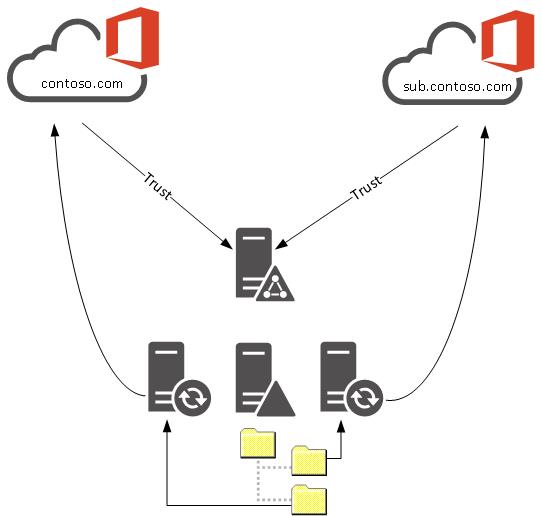Dynamic Active Directory User Provisioning placement (OU) using the Granfeldt Powershell Management Agent
When using Forefront / Microsoft Identity Manager for provisioning users into Active Directory, determining which organisational unit (OU) to place the user in varies from customer to customer. Some AD OU structures are flat, others hierarchical based on business, departmental, functional role or geography. Basically every implementation I’ve done has been different.
That said the most recent implementation I’ve done is for an organisation that is growing and as such the existing structure is in flux and based on differing logic depending on who you talk to.… [Keep reading] “Dynamic Active Directory User Provisioning placement (OU) using the Granfeldt Powershell Management Agent”


